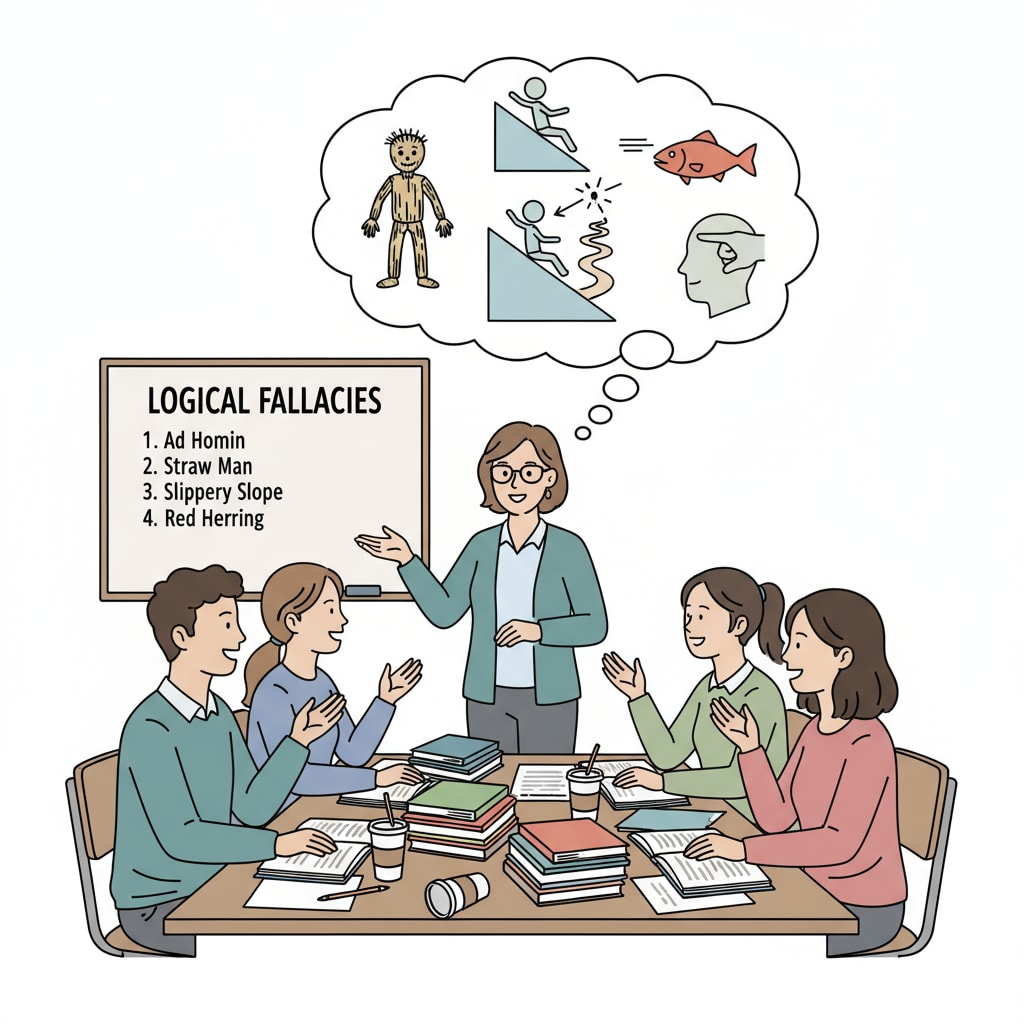In the age of information explosion and polarized opinions, logical fallacies, critical thinking, and propaganda recognition have become essential skills for high school students. As students are bombarded with vast amounts of information from various sources, the ability to distinguish sound reasoning from fallacious arguments is more crucial than ever.
The Prevalence of Logical Fallacies in Daily Life
Logical fallacies are everywhere in our daily lives. From political debates to advertising campaigns, they are used to manipulate people’s opinions and emotions. For example, the “ad hominem” fallacy, which attacks the person instead of the argument, is often seen in political smear campaigns. By learning about logical fallacies, students can become more discerning consumers of information. Logical Fallacy on Wikipedia

Cultivating Critical Thinking through Logic Fallacy Teaching
Critical thinking is the cornerstone of a well-rounded education. When students are taught to identify logical fallacies, they are encouraged to question assumptions, analyze arguments, and form their own opinions. This process helps them develop critical thinking skills that will benefit them throughout their lives. For instance, in a literature class, students can use their understanding of logical fallacies to analyze the arguments presented in a novel. Critical Thinking on Britannica

In addition, being able to recognize propaganda is another important aspect of learning about logical fallacies. Propaganda often uses fallacious arguments to promote a particular agenda. By learning to spot these fallacies, students can protect themselves from being influenced by false or misleading information.
In conclusion, the introduction of logical fallacy teaching in high school education is not only necessary but also urgent. It equips students with the tools they need to navigate the complex world of information, develop critical thinking skills, and become informed and independent citizens.
Readability guidance: The article uses short paragraphs to enhance readability. Each H2 section presents key points clearly. Transition words like “for example” and “in addition” are used to connect ideas smoothly. The passive voice is minimized, and the language is kept at an appropriate level for easy comprehension.


